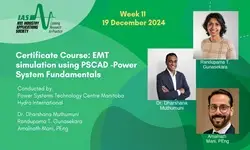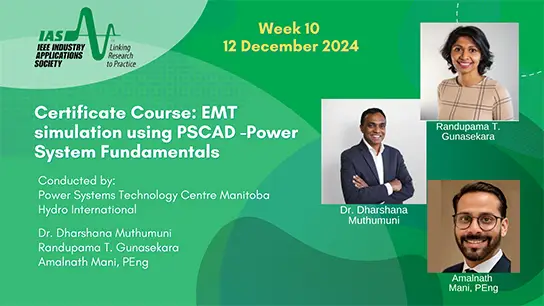Estimating the Frequency Response of an Excitation System and Synchronous Generator: Sinusoidal Disturbances Versus Empirical Transfer Function Estimate
Daniel Dos Santos Mota
-
Members: FreePES
IEEE Members: Free
Non-members: FreePages/Slides: 8
31 Jul 2018
It is not uncommon for excitation system commissioning engineers to choose the timeconsuming sinusoidal disturbance method when faced with the task of estimating the frequency response from an input of the voltage regulator to an electrical quantity of a synchronous machine. This method consists of exciting the system with a sinusoidal signal, each time with a different frequency, and comparing disturbance against resulting oscillations. Despite being simple to explain, the results of the sinusoidal disturbance method may be inaccurate if noise and low-frequency oscillations are not properly handled. Resonance can even prevent its application. The empirical transfer function estimate (ETFE) method, which is much quicker and demands only a single test, is usually considered dif cult to understand and inaccurate by the same commissioning engineers. This paper uses data from the commissioning of four hydropower generators, rated from 45 to 373 MVA, to discuss practical issues concerning the application of the sinusoidal disturbance and ETFE methods. It intends to show that the ETFE is not as complicated as it seems and that its results are remarkably accurate when compared to the sinusoidal disturbance method.


